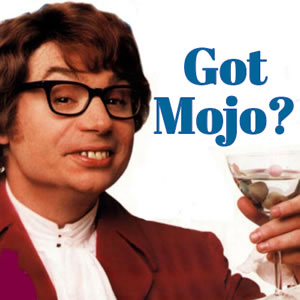Practically everyone these days needs a website, and this is especially important for freelance writers.
Your writer’s website is meant to impress editors who may be interested in buying your stories. It’s a marketing tool to help editors decide whether to purchase your stories, or not.
As a freelance writer, you’re frequently contacting editors who’ve never heard of you. Your website serves the purpose of introducing them to you and samples of your work. It’s your online resume and writing portfolio.
You need a professional website design to assure editors that you’re a prolific and professional travel writer. And you want to give them concrete evidence that you know how to write quality stories, that you deliver your work on time, and that you’re easy to work with.
Here are four ways to use your writer’s website as a marketing tool.
- Show samples of your work along with the magazines that published your story.
Showing work samples in a variety of publications convinces editors that you’re a seasoned writer. In your query letters you can refer editors to your website for samples of your work instead of sending clips. - Post enough articles to show that you get published consistently over time.
Editors want to know that you are an active writer and still being published. Be sure to show them by keeping your website up-to-date with new articles. This means you’ll need to update your website from time to time – maybe every few months. Add new articles and links and occasionally take down old ones that no longer represent your work. - Use navigation buttons to indicate special niches.
Your writer’s website should be simple to use and easy to navigate. Separate each niche or writing genre with separate navigation buttons.For example, I have specialty areas for “Northwest Travel” and “Wine, Beer and Food” on my writer’s website (www.roy-stevenson.com). I have separate navigation buttons for each niche where my work is published. There are several buttons – clearly defined and easy to navigate. Make it as easy as possible for editors to find your specialty niches.
- Collect and publish testimonials from editors who have published your work.
Of all my marketing tips, this one is the most important. It’s your ace-in-the-hole. Testimonials shows evidence of your good standing with editors with whom you’ve worked. It proves your travel writing background and credentials in the words of other professionals.Name the navigation button for collecting testimonials clearly. Mine says “Editor’s Comments”. Because I publish the editors name and publication along with their comments, it carries a lot of weight with any editor who is thinking about hiring me to do some work. Prospective editors can contact the testimonial editors for verification of my bona fides.
Many editors and tourism agency professionals have commented positively about this section on my writer’s website. Many times it has made all the difference when editors are deciding whether to assign stories, or when media reps from convention & visitors’ bureaus are considering whether to invite me on press trips.
Do these four things and your writer’s website will be a great deal clincher!
~Roy





